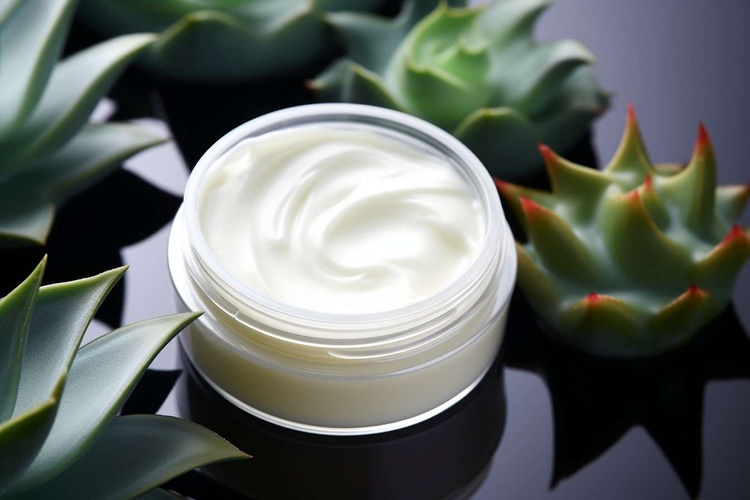The Evolution and Impact of Plant-Based Beauty
The beauty and fitness industry has seen a significant shift in recent years, with a growing emphasis on natural, plant-based products and practices. This trend has been driven by a heightened awareness of the potential harm caused by synthetic ingredients and a desire for more sustainable, ethical choices. This article delves into the history, current trends, and future potential of plant-based beauty.
The Roots of Plant-Based Beauty
The use of plants in beauty and wellness is not a new phenomenon. For centuries, civilizations around the world have harnessed the power of nature for their skincare and health needs. Ancient Egyptians used aloe vera for its healing properties, while indigenous tribes in North America utilized herbs and plants for medicinal purposes. However, the industrial revolution and the advent of mass production led to a shift towards synthetic ingredients, which were cheaper and easier to produce.
The Resurgence of Plant-Based Beauty
In the last decade, there has been a resurgence in the use of plant-based ingredients in beauty products. This has been driven by a growing consumer awareness of the potential harm caused by synthetic ingredients, such as parabens and sulfates, and a desire for more natural, sustainable alternatives.
Experts attribute this trend to a broader societal shift towards wellness and self-care. As consumers become more educated about the ingredients in their products, they are seeking out brands that align with their values and offer transparency about their sourcing and production processes.
The Benefits of Plant-Based Beauty
Plant-based beauty products offer a range of benefits, both for the individual and the environment. For the consumer, these products are often gentler and less likely to cause irritation or allergic reactions. They also offer unique benefits derived from the specific plants used, such as the moisturizing properties of shea butter or the anti-inflammatory benefits of chamomile.
From an environmental perspective, plant-based beauty is more sustainable. It reduces reliance on petroleum-based ingredients, which are non-renewable and contribute to climate change. Additionally, many plant-based beauty brands prioritize ethical sourcing and production practices, contributing to a more sustainable and equitable global beauty industry.
The Future of Plant-Based Beauty
The future of plant-based beauty looks promising. As consumer demand continues to grow, more brands are expected to incorporate plant-based ingredients into their products. Additionally, advances in technology and research are likely to uncover new plant-derived ingredients and their benefits.
However, it’s important to note that not all plant-based beauty products are created equal. The term “plant-based” is not regulated, meaning that products can claim to be plant-based even if they contain only a small percentage of plant-derived ingredients. As such, consumers need to be educated and vigilant when choosing products.
Conclusion
Plant-based beauty represents a significant shift in the beauty and fitness industry, driven by consumer demand for natural, sustainable, and ethical products. As this trend continues to evolve, it’s crucial for consumers to educate themselves about the ingredients in their products and the practices of the brands they support. With the right knowledge and choices, plant-based beauty has the potential to transform not only our skincare routines but also our impact on the environment.






